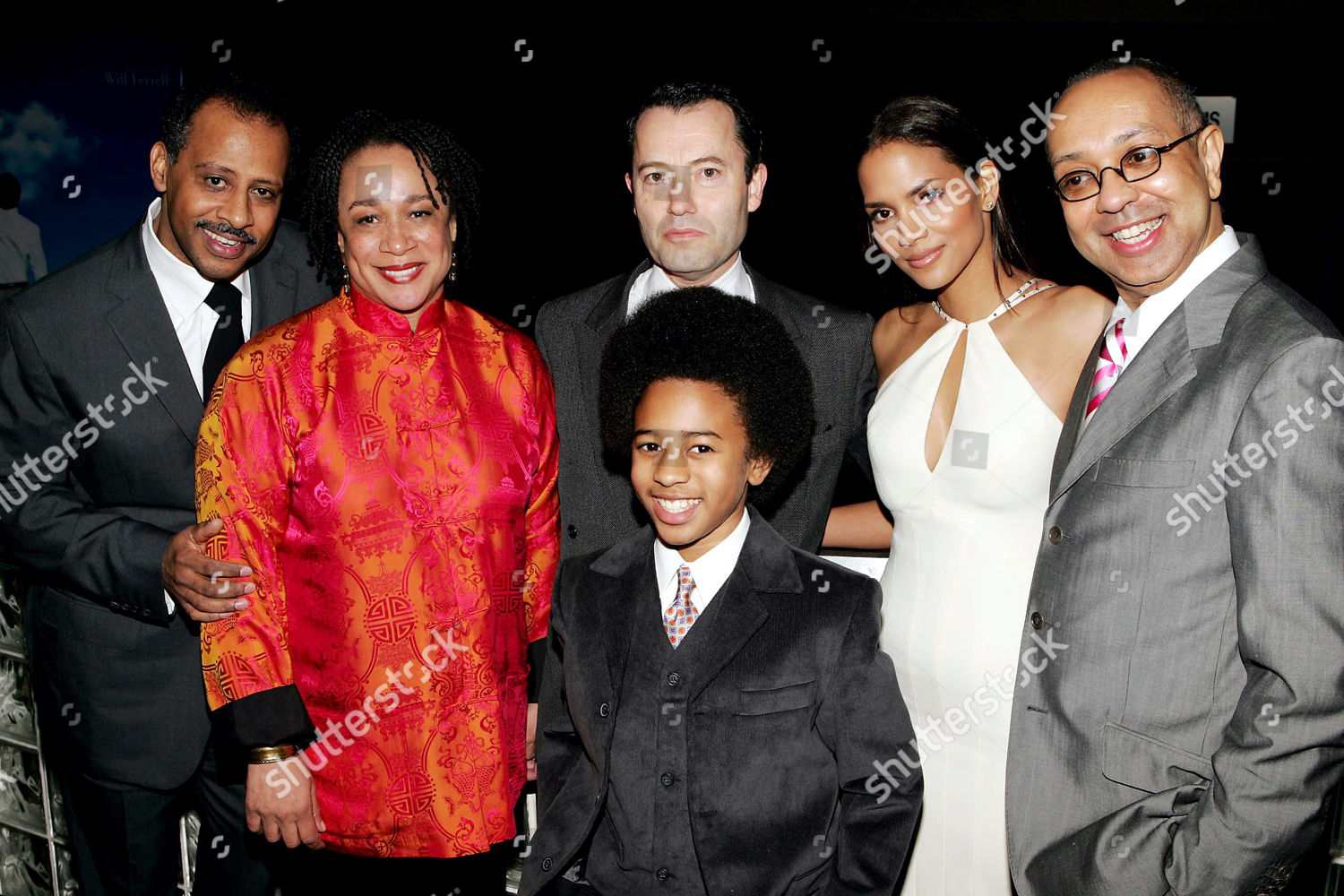


As Santiago-Hudson describes the assorted types of people that lived in the boarding house, he lets each tell their story of woe, and the stories are quite captivating.Ī seasoned actor, Santiago-Hudson smoothly transitions into the 24 characters. Nanny had a strength in spirit that helped her to be a champion and a protector for the abused. She was a mother to the entire community in Lackawanna, and not only took in people who desperately needed a home, food, clothing and money, but also took in disabled animals. Nanny was a kind-hearted woman with limitless generosity, love, food, and support.

He portrays 24 different individuals to perfection. Santiago-Hudson endearingly introduces the audience to the disabled, poor and sometimes mentally ill people that Nanny would take in. It is so engaging to listen to him describe how they met and how she came to raise him as her son. 47th Street, a master class in storytelling, character description, acting and directing and it is being given by Ruben Santiago-Hudson through his one-man, autobiographical play, “Lackawanna Blues.” Santiago-Hudson has created a touching, beautiful tribute to Nanny-Rachel Crosby-a woman who raised him in her boarding house in Lackawanna, New York. Wolfe.“Lackawanna Blues” is a theatrical masterpiece! There’s a master class happening at the Samuel J. Epatha Merkerson (in place of Santiago-Hudson) as directed by George C. Four years later, it became an HBO Special starring S. Lackawanna Blues originated at The Public Theater. Jen Schriever’s lighting design subtly affects the way each scenario lands. The brick wall ‘backstop’ adds environmental atmosphere. A door with iron gate, window, and light fixture with fan hang from above. Michael Carnahan’s minimal, evocative set features stools, chairs, and a table framed by a seemingly beat-up wood proscenium. This is an excellent piece and a master class for anyone planning solo work. Ruben Santiago-Hudson directed Jitney, The Piano Lesson and Seven Guitars with skill, but to control movement and pacing without standing away is a different kind of accomplishment. Its author/actor/director a virtuoso on all fronts. The story is rich, moving, amusing, and entertaining. When he looks out at or addresses the audience, warmth is palpable. A tall man, he’s decidedly graceful and deeply rhythmic. Santiago-Hudson ambles, dances, and morphs sex and age. Bill Sims Jr.’s original music sounds as if it belonged to the original cannon. Everything tracks back to Nanny.Īctual music is provided both by onstage guitarist Junior Mack who plays traditional jazz and blues with experiential ease, and Santiago-Hudson’s professional-level blues harmonica. Poignancy, violence and humor run tandem. Numb Finger Pete, Lemuel Taylor, Sweet Tooth Sam and Ol Po’ Carl- whose malaprops describe “The Entire State Building and Statue of Delivery” – are as vivid as Norma who rings the bell at 3 a.m., bloodied with her children in tow. Each has his or her accent, tone, cadence, octave and physical distinction.
LACKAWANNA BLUES FULL
The solo actor channels 23 colorful, mostly uneducated characters as if a southern Damon Runyon, some with a line or two of dialogue, others with full vignettes. Nanny’s threats carry as much weight as one of her knife-wielding neighbors, yet kindness pervades. She breaks up several brutal fights, confronts a wife beater in a white Cadillac with quiet “bring it on,” confidence, and handles her own man, the much younger Bill, who impregnates a female boarder and leaves nine year-old Ruben to walk home barefoot in his swimming trunks after a fishing trip gone wrong. The boy’s replacement mother is, however, no pushover.


 0 kommentar(er)
0 kommentar(er)
